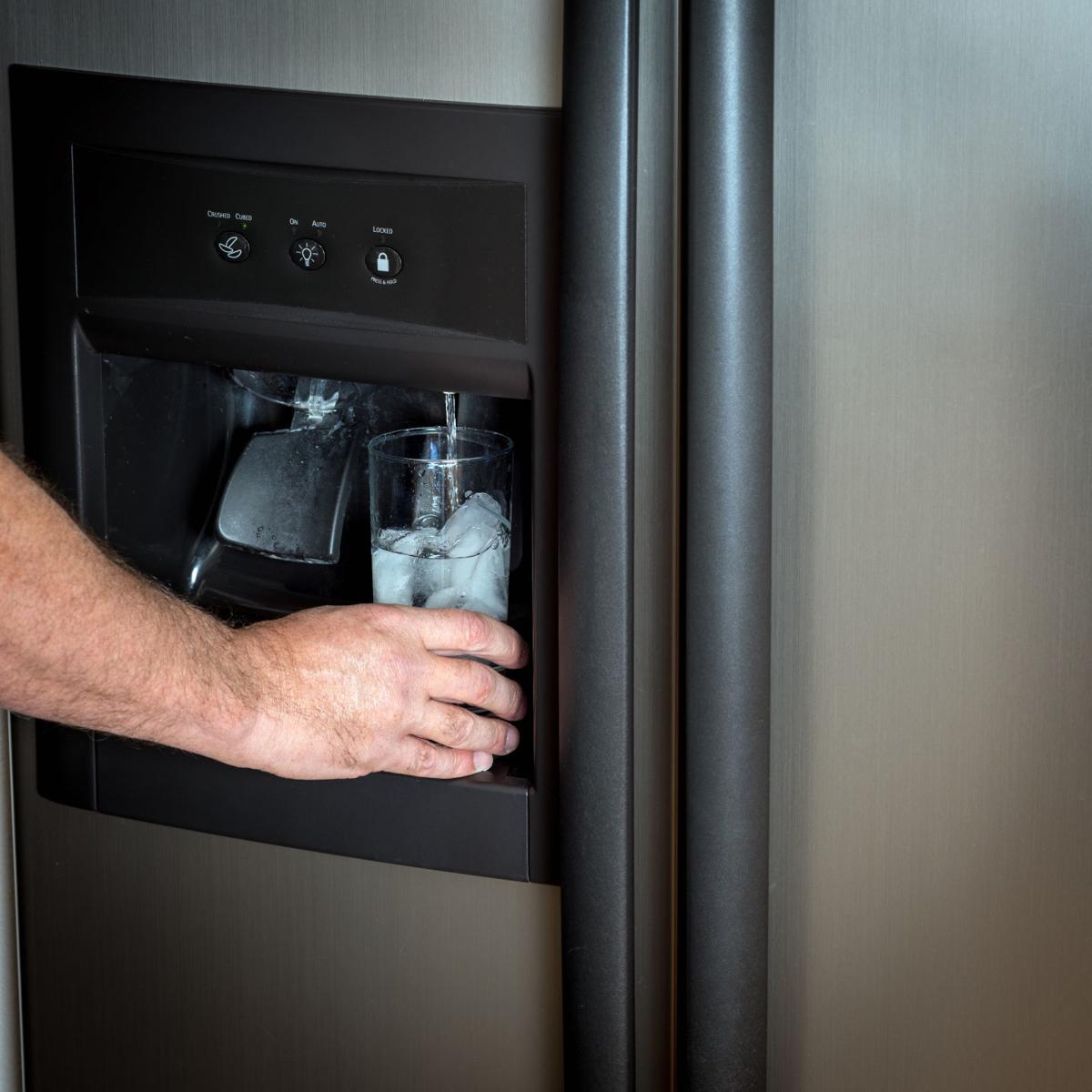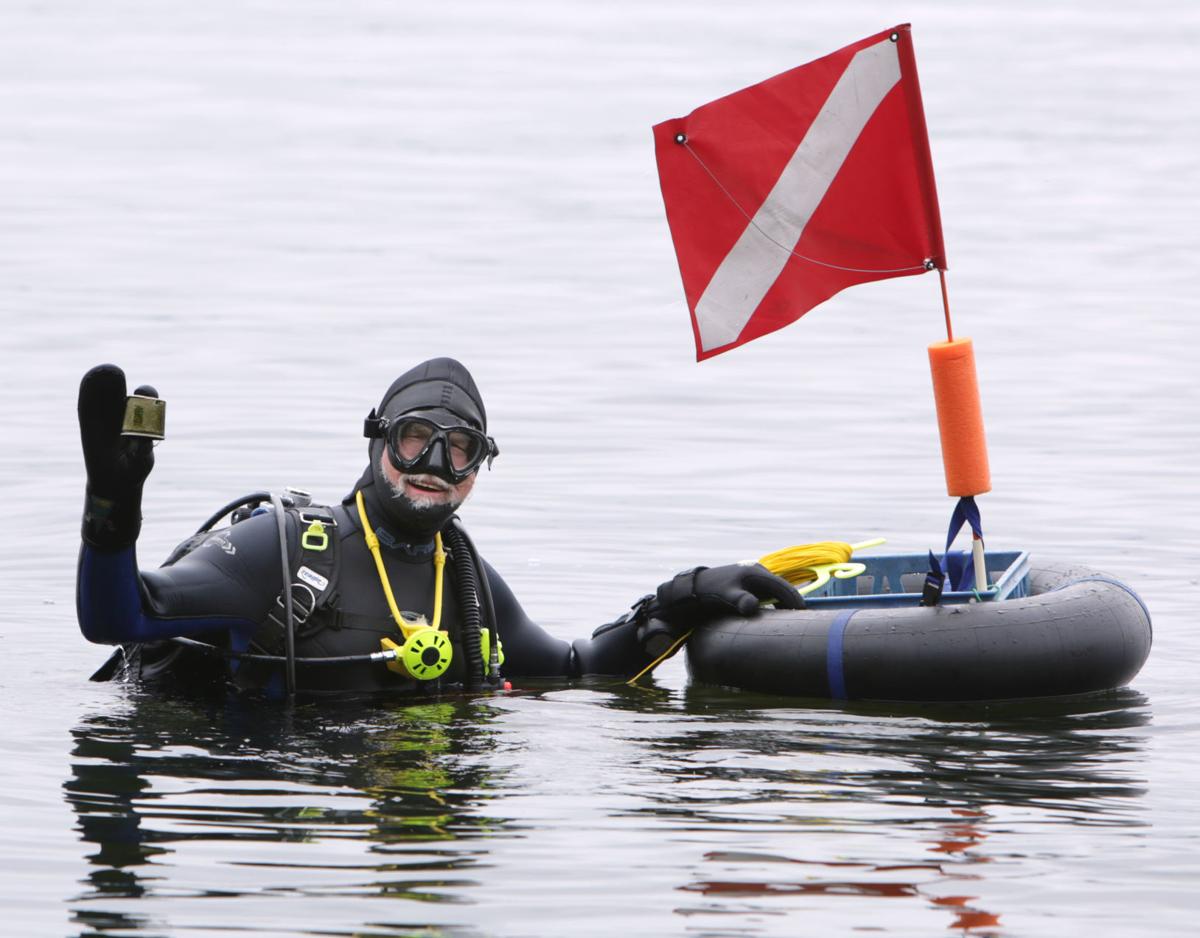State tests found levels of industrial chemicals known as PFAS in Parchment’s drinking water up to 26 times higher than a federal health advisory.
The City of Kalamazoo released instructions for people in Parchment and Cooper Township Thursday to flush toxic tap water from their homes. However, even after the flushing process is completed, Parchment’s water supply is still not safe to drink.
Newchannel 3 walked Selena Delong step-by-step through the flushing process at her home in Parchment on Thursday. The full instructions are included at the bottom of this article.
“Oh my gosh, I’m just thinking about the water bill,” Delong said.
Step one is to run hot water out of every tap in the home, from sinks to showers, for 15 minutes to empty water heater tanks.
Step two is to do the same with cold water for five minutes, this includes water from refrigerators and hose hookups outside. Flush every toilet once, toss out ice from refrigerators, and run the dishwasher and washing machine once empty.
The instructions provided by the Michigan Department of Environmental Quality then tell residents to rewash dishes and clothes that were washed over the last week, since the warning on water went out.
People in Parchment and Cooper Township were initially told it was okay to use the toxic water for these purposes during the ‘don’t drink the water’ order that was issued one week ago.
It’s also still unclear how long high levels of PFAS, chemicals linked to a number of different illnesses, have been in the Parchment water supply.
“Exactly, so it’s like rewashing every item in your house because you don’t know and they don’t have an answer,” Delong said.
State and local officials have not said whether the contamination is causing health problems in the community.
During the home flushing process, the DEQ said discolored and smelly water are to be expected during the flushing process and are not a health concern.
The instructions are not for people on private wells.
Once home plumbing systems are flushed it is still not safe to drink the water in Parchment.
Now hooked up to the City of Kalamazoo’s water supply, that water still travels through Parchment pipes, which is why the state is doing more PFAS tests.
1. Flush ALL hot water taps for 15 minutes
Begin the flushing procedure by opening the hot water taps in your bathroom(s). Open ALL hot water lavatory (sink) fixtures, hot water bath fixtures, and any other hot water fixtures, such as kitchens, wet bars, etc. Run these hot water fixtures for at least 15 minutes. Shut water off after 15 minutes. After you have flushed each hot water faucet for 15 minutes, your hot water heater will be safe for use.
2. Flush ALL cold water taps for 5 minutes
Once the hot water tank and hot water piping have been flushed, open ALL of the cold water fixtures, flush each toilet at least one time. Run these cold water fixtures for at least five minutes. Shut water off after five minutes. This does include the water in your refrigerator water dispenser.
3. Flush ALL remaining Appliances and Faucets
(Before starting step 3, please see FLUSHING YOUR APPLIANCES below for more information.)
Open any remaining fixtures such as hose bibs, external faucets or fixtures not used for drinking for at least five minutes to finish the plumbing system flushing. Take additional steps to remove water from other appliances.
Discoloration may occur during flushing, this is expected and not a health issue.
Any lingering smell, which is expected, is not a health issue.
FLUSHING YOUR APPLIANCES AND FAUCETS
Once you’ve flushed your hot and cold water faucets, be sure to take these additional steps to flush plumbing appliances. To protect the health and safety of our communities, Michigan DEQ recommends that you read carefully and follow the steps for flushing.
If you have an ice maker in your refrigerator, first throw away all ice and then:
If you have a filter on your ice maker: Some refrigerators, which have ice makers, also have filters on the small water line that feed the ice maker. If you have or use filters on your ice maker, you want to replace the filter AFTER flushing your refrigerator’s ice maker. These filters require routine replacement. This would be a good time to replace the filter to ensure that the water line to the ice maker is completely flushed. Some refrigerators also provide filtered cold water. Check to make sure that you have replaced any filter AFTER flushing that is associated with the cold water supply. Then flush cold-water dispenser for five minutes.
- After flushing all of the other plumbing, let the ice maker container fill up completely and discard this ice and clean the container before replacing. If you have more than one refrigerator make sure you perform the same procedure on those units as well.
- Dishwashers and washing machines
Dishes and clothes that were washed during the DO NOT USE order should be rewashed. After flushing hot water pipes and water heater, run dishwasher and washing machine empty one time.
- Humidifiers, CPAP and other devices
Throw away any water used in humidifiers, Continuous Positive Airway Pressure (CPAP), oral, medical or healthcare devices, and rinse the device with clean water.
- Baby formula, food or drinks made with water during the DO NOT USE
Be sure you have thrown away any baby formula or other foods prepared with water during the incident. This includes drinks like Gatorade made with powder or concentrate.
Clean or change your water filter, or contact the filter manufacturer for more details.
Pets need clean water too. Be sure to empty all water bowls, bottles, or other water supplies for your pet. After flushing your water system, wash the pet bowl, bottle or other water supply. Then refill with tap water.
Point of entry/point of use devices
(this may not apply to all customers)
If you have a Point of Entry water treatment system such as a water softener or filter, which all of the home’s water passes through before it enters the main plumbing system, you should consider the following general guidelines before completing your household plumbing flushing.
Household water softeners, which use a natural or synthetic resin material to exchange sodium for calcium and magnesium present in the water, should be manually regenerated before flushing your plumbing system. This will ensure that the softener resin has been backwashed and cleaned before flushing procedures begin.
If you are unsure of how to manually initiate a regeneration cycle, refer to your softener owner’s manual or call you equipment supplier for assistance.
Household water filters usually fall in two basic categories:
- Pressure filters, which can be backwashed to clean
- Cartridge filters, which have a replaceable element or cartridge
If your home has a pressure filter that can be backwashed, you should initiate a manual backwash of the filter before proceeding with, and after completing, the flushing procedures.
If you have a whole house cartridge filter system, you should replace the cartridges after completing the flushing procedures.
- Point of use filters/treatment
If you have or use Point of Use filters, which are typically attached to your kitchen faucet you should replace the filter before using the faucet-connected unit. These filters require periodic replacement, making this an appropriate time.
Reverse Osmosis drinking water treatment systems often have pre-filters, which you may want to replace before flushing the RO System. However, the actual Reverse Osmosis membrane module should not require replacement. If the manufacturer of the membrane suggests that you replace this part of the system you should ask them to give you the specific reasons why.
These instructions and tip provided by the Michigan Department of Environmental Quality (DEQ).
Original Source: https://wwmt.com/news/local/water-still-unsafe-to-drink-parchment-residents-told-to-rewash-clothes-and-dishes
by Rachel Glaser | Newschannel 3
Thursday, August 2nd 2018



